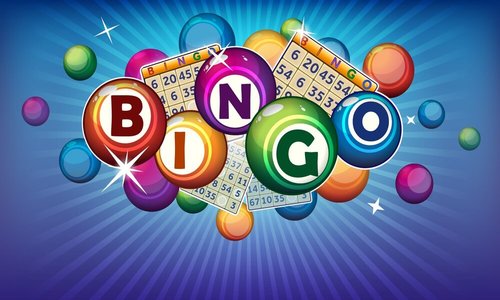Unveiling the World of Virtual Gaming
 By
By
In recent years, the world of gaming has
witnessed a revolutionary shift with the advent of virtual gaming. This
technology has taken the gaming experience to unprecedented heights,
transporting players into immersive virtual worlds where they can explore,
interact, and compete. From online bingo
to puzzles to multi-player battles, there is something to suit everyone. In
this blog, we will delve into the fascinating realm of virtual gaming,
exploring its various aspects and the impact it has on the gaming industry and
players worldwide.
What is Virtual Gaming?
Virtual gaming refers to the use of
technology to create simulated environments where players can engage in gaming
experiences. This can include virtual reality (VR) gaming, augmented reality
(AR) gaming, and mixed reality (MR) gaming. These advancements have opened up
new possibilities for gamers, allowing them to experience games in ways never
thought possible before.
Virtual Reality (VR) Gaming
VR gaming provides players with immersive
virtual environments that simulate real-world or fantastical settings. By
wearing VR headsets and using specialized controllers, players can interact
with the virtual world in a more natural and engaging way. Popular VR games and
experiences include first-person shooters, puzzle games, and even virtual tours
of real-world locations.
Augmented Reality (AR) Gaming
AR gaming overlays virtual elements onto
the real world, allowing players to see and interact with virtual objects in
their physical environment. Mobile AR games and applications have gained
popularity, with games like Pokemon Go capturing the attention of millions. AR technology
has the potential to enhance everyday experiences and blur the lines between
the digital and physical realms.
Mixed Reality (MR) Gaming
MR gaming combines elements of both VR and
AR, allowing players to interact with virtual objects that are integrated into
the real world. Devices like Microsoft's HoloLens enable users to see and
interact with virtual elements in their surroundings, creating a mixed-reality
experience. MR gaming offers unique opportunities for both gaming and practical
applications, such as architectural visualization and product design.
Advantages of Virtual Gaming
Virtual gaming offers numerous advantages
for both players and the gaming industry. The immersive and engaging gameplay
provided by VR, AR, and MR technologies allows players to feel more connected
to the gaming experience. These technologies also enhance social interactions,
enabling players to collaborate or compete with others in virtual environments.
Additionally, virtual gaming has health and fitness benefits, as some games
incorporate physical activity or provide therapeutic experiences. Moreover,
virtual gaming has found applications in education and training, providing
immersive and interactive learning experiences.
Challenges and Limitations
While virtual gaming has opened up exciting
possibilities, there are challenges and limitations to consider. High costs and
equipment requirements can make VR, AR, and MR gaming inaccessible to some
players. Safety concerns, such as potential accidents or disorientation, need
to be addressed to ensure a safe gaming experience. Additionally, motion
sickness and VR-induced fatigue can limit the duration of gameplay and impact
player comfort.
The Impact of Virtual Gaming
Virtual gaming has had a profound impact on
the gaming industry and players worldwide. It has revolutionized the way games
are developed and experienced, pushing the boundaries of creativity and
innovation. Virtual gaming has opened new avenues for developers and
entrepreneurs, providing opportunities to create unique gaming experiences and
applications. Furthermore, it has transformed the gaming experience for
players, making it more immersive, interactive, and memorable.
Future Trends and Possibilities
Looking ahead, the future of virtual gaming
holds exciting prospects. Advancements in VR, AR, and MR technologies will
continue to enhance the gaming experience, offering more realistic visuals,
improved hardware, and expanded possibilities. Integration with artificial
intelligence (AI) and the Internet
of Things (IoT) may further enhance gameplay mechanics and interactivity.
Virtual gaming is also making its way into esports and competitive gaming,
offering new dimensions and challenges to professional gamers and spectators
alike.






